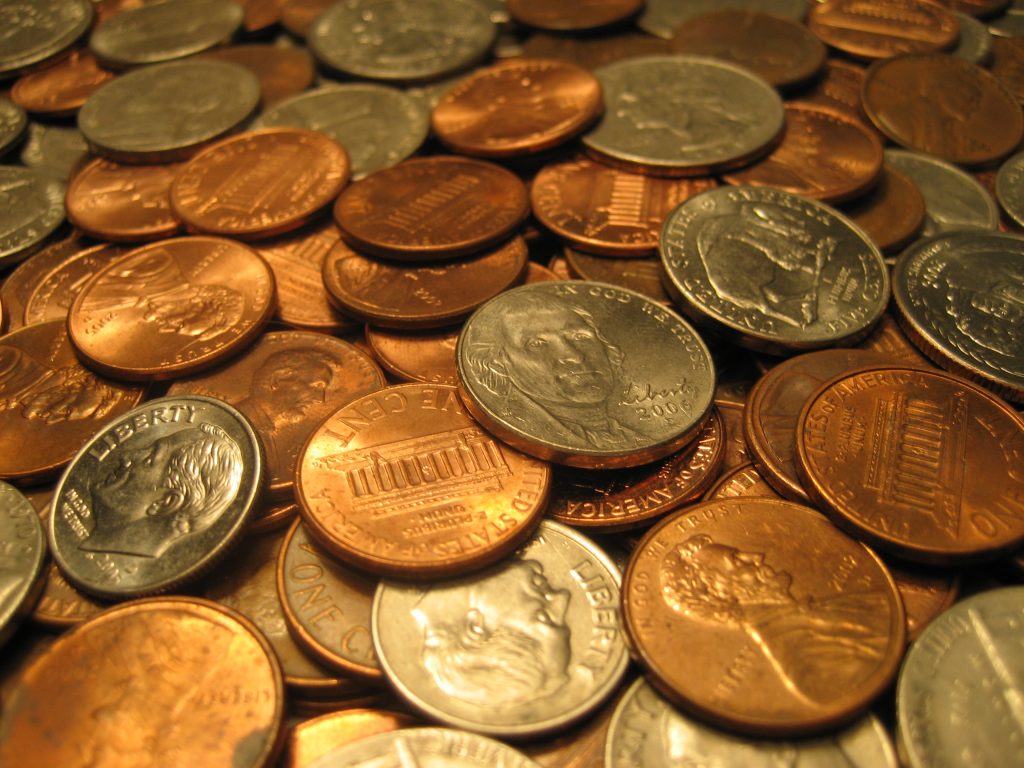From the humble penny to the rarely seen dollar coin, U.S. coins quietly move through coffee shops, parking meters, road trips, and tip jars every single day. Here’s why Americans still care about their change.
Did you know? The United States Mint produces billions of coins every year, but some denominations are quietly disappearing from everyday use
Tap your pocket or check your car’s cup holder and you’ll probably find a small snapshot of American history: coins stamped with presidents, eagles, national parks, and state symbols. While digital payments are rising, coins of the United States dollar still play a surprisingly personal role in daily life.
Meet the Everyday Coins in Your Pocket
Even if you prefer paying with a card or your phone, coins still matter. They’re used for small purchases, vending machines, laundromats, tolls, and as teaching tools for kids learning the value of money.
For many Americans, these coins are more than just metal. They’re reminders of people, places, and moments in U.S. history—literally carried in the palm of your hand.
Are Dollar Coins Making a Comeback?
Several countries have successfully replaced small paper bills with durable coins. In the U.S., however, dollar coins have never fully pushed the paper one-dollar bill out of everyday use.
- They’re efficient for machines, like transit systems and vending.
- They last much longer than paper bills, saving production costs over time.
- But many Americans simply prefer the feel of the classic $1 bill.
For now, dollar coins live in a kind of middle ground: very useful where machines are involved, but less visible at the checkout counter.
Collecting Stories: Special & Commemorative Coins
Beyond everyday change, U.S. coins also tell deeper stories through special designs and limited runs. These pieces connect everyday Americans to their country’s symbols and milestones.
Popular examples include:
- State & National Park quarters that celebrate local landmarks and history.
- Presidential dollar coins honoring former presidents.
- Commemorative coins marking major events, anniversaries, and influential figures.
For many families, collecting these coins becomes a fun weekend project or a way to get kids interested in geography, history, and money management all at once.
Spotting Real Value in Small Change
To most people, a coin is just a coin. But a handful of change can sometimes hide rare dates, mint errors, or older metal compositions that collectors love.
- Check the year and mint mark (letters like “P”, “D”, “S”).
- Look for unusual details: double-stamped designs, missing letters, or off-center images.
- Older coins (especially pre-1965 dimes, quarters, and half dollars) may contain real silver.
If you find something interesting, it’s easy to look up the coin online or ask a local coin dealer for a quick opinion. What looks like loose change could be worth far more than face value.
Why Coins Still Matter in a Cashless Age
Mobile payments and contactless cards might be the future, but coins of the United States dollar still carry a kind of everyday magic. They teach kids about money, make exact change possible, and remind us of national stories that predate any app or digital wallet.
The next time you empty your pockets at the end of the day, take a second look. Those small pieces of metal might say more about America—past, present, and future—than you expect.

Leave a Reply